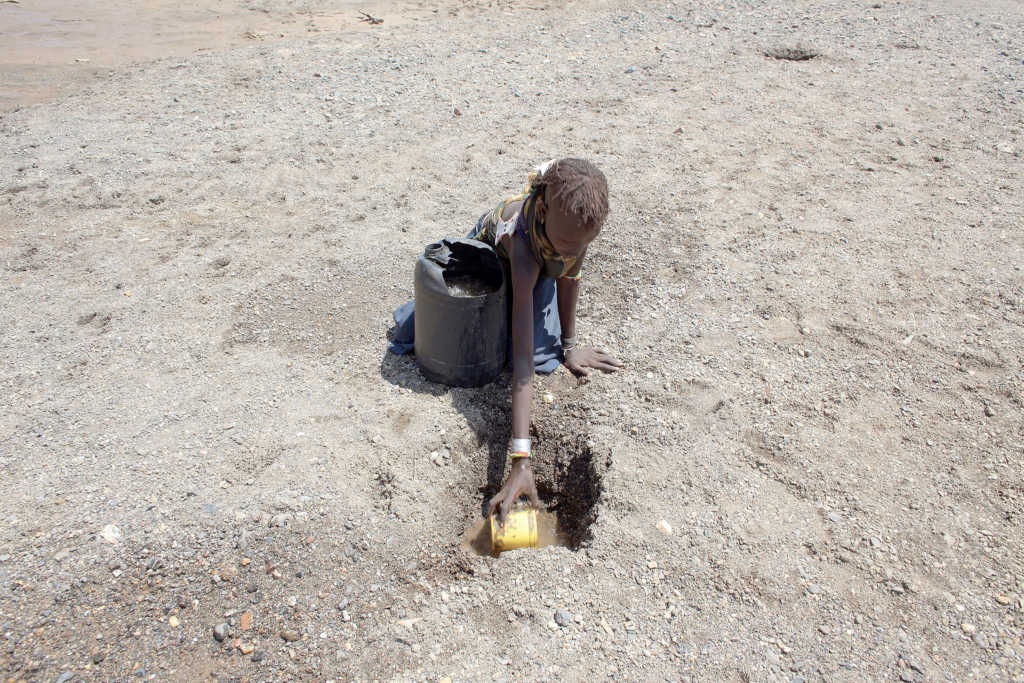The government of Kenya has doubled relief food rations as the East African nation reels from severe drought.
Kenyan State House spokesman Manoah Espisu announced on Sunday the government had doubled up food rations to reach 3 million drought-stricken people, up from an initial figure of 1.3 million in the feeding program.
Espisu said development partners including Kenya Red Cross Society and the United Nations are supporting the Kenyan government in helping provide food for particularly vulnerable groups, such as children under the age of 5, women and the elderly.
“These groups are being provided with fortified foods. Lactating mothers are also getting fortified foods, including vitamins and energy complements,” the spokesman said, according to local newspaper Daily Nation.
@MEsipisu: We’ve doubled up food rations to feed 3 million people, up from an initial figure of 1.3 million Kenyans in the feeding program. pic.twitter.com/Ii0fdlRs9D
— State House Kenya (@StateHouseKenya) February 26, 2017
Kenyan President Uhuru Kenyatta on Feb. 10 declared the drought a national disaster in 23 counties.
At the end of last year, the United Nations warned Kenyans of a serious drought looming in early 2017. Officials from the U.N. Food and Agriculture Organization (FAO) said at a December news conference that Kenya’s long rains, from March to May, were likely to be poor in 2017 with a delayed start and below average rainfall. The lives and wellbeing of people and animals are at risk because they haven’t had a chance to fully recover from the effects of a drought that hit the region in 2014, as Kenya’s long rains have been poor in the years that followed.
“The months of April and May will present a big challenge,” FAO’s Joseph Matere, an expert working on the early warning system, said at the news conference, according to Reuters.
The drought in East Africa has been exacerbated by the dual weather phenomena of El Niño a warming of the equatorial Pacific Ocean, which began in 2015, and ensuing La Niña, the cooler counterpart of El Niño that produces opposite climate variations as part of the broader El Niño-Southern Oscillation.
The waxing and waning of rainfall in Kenya and across sub-Saharan Africa in recent years has been attributed to both El Niño and La Niña. Some rural communities on the continent are still recovering from previous systems.
Operation Blessing International, a nonprofit humanitarian organization, recently traveled to the hardest hit area of Kilifi, a town nestled along Kenya’s coast, and delivered enough food to feed hundreds of people for one month. But the search remains for longterm solutions to help dozens of families survive the drought, the organization said.
“Without moisture in the soil, crops are withering and wilting in the hot sun while thousands of people thirst for water and ache for a bite of food,” Operation Blessing International said in a statement on its website on Friday. “The families are thankful for the help they have received in this desperate time.”
—
Other Must-Read Stories:
– The Awesome Reason Thousands of Christians and Celebs are Flocking to Orlando This Week
– ‘Marijuana Is Not a Benign Drug’: Doctors Issue Dire Warning About Weed
– Mysterious Billboard With Controversial 7-Word Message About ‘Real Men’ Continues to Spark Outrage
– Military Veterans Still Fuming Over Chelsea Manning’s Commuted Sentence



